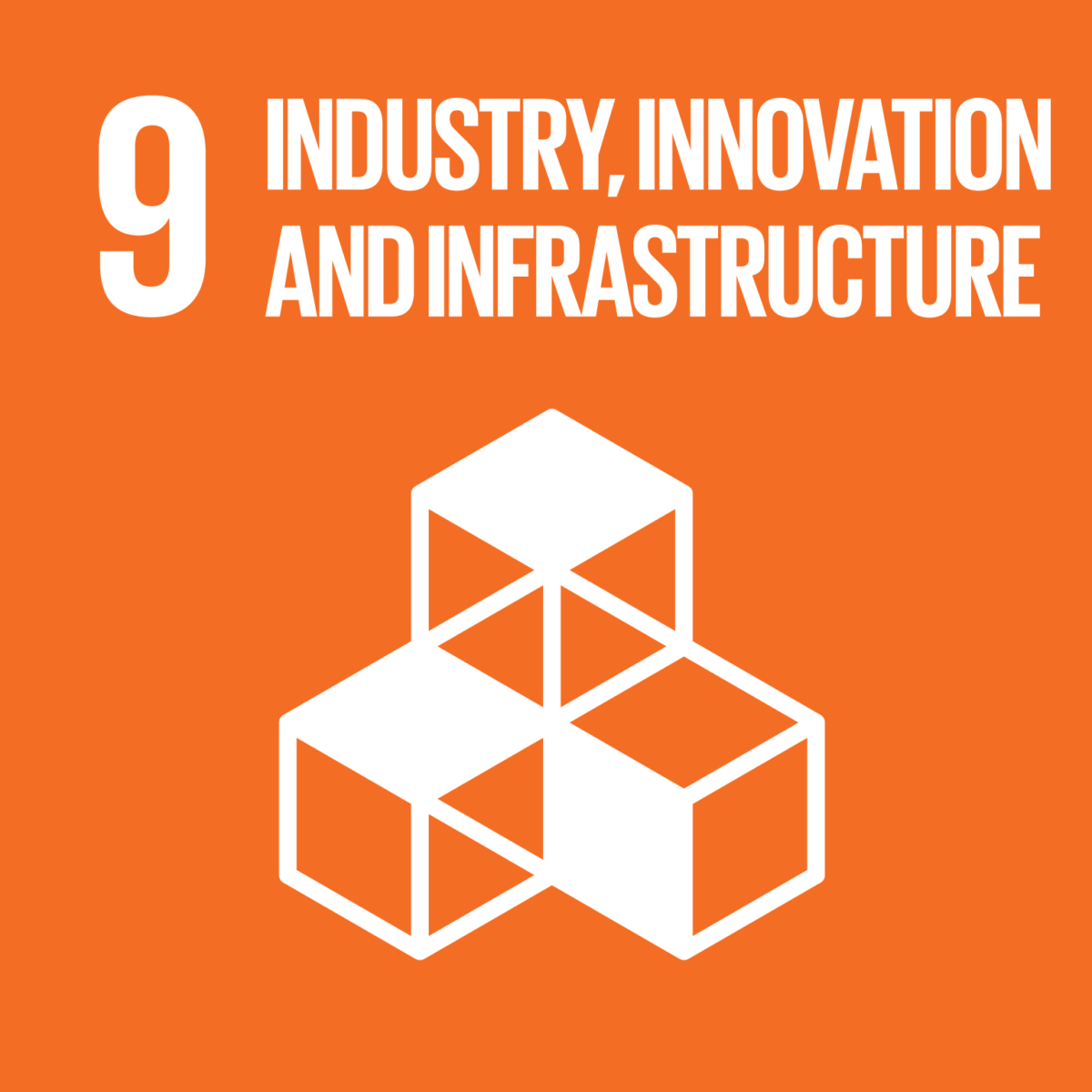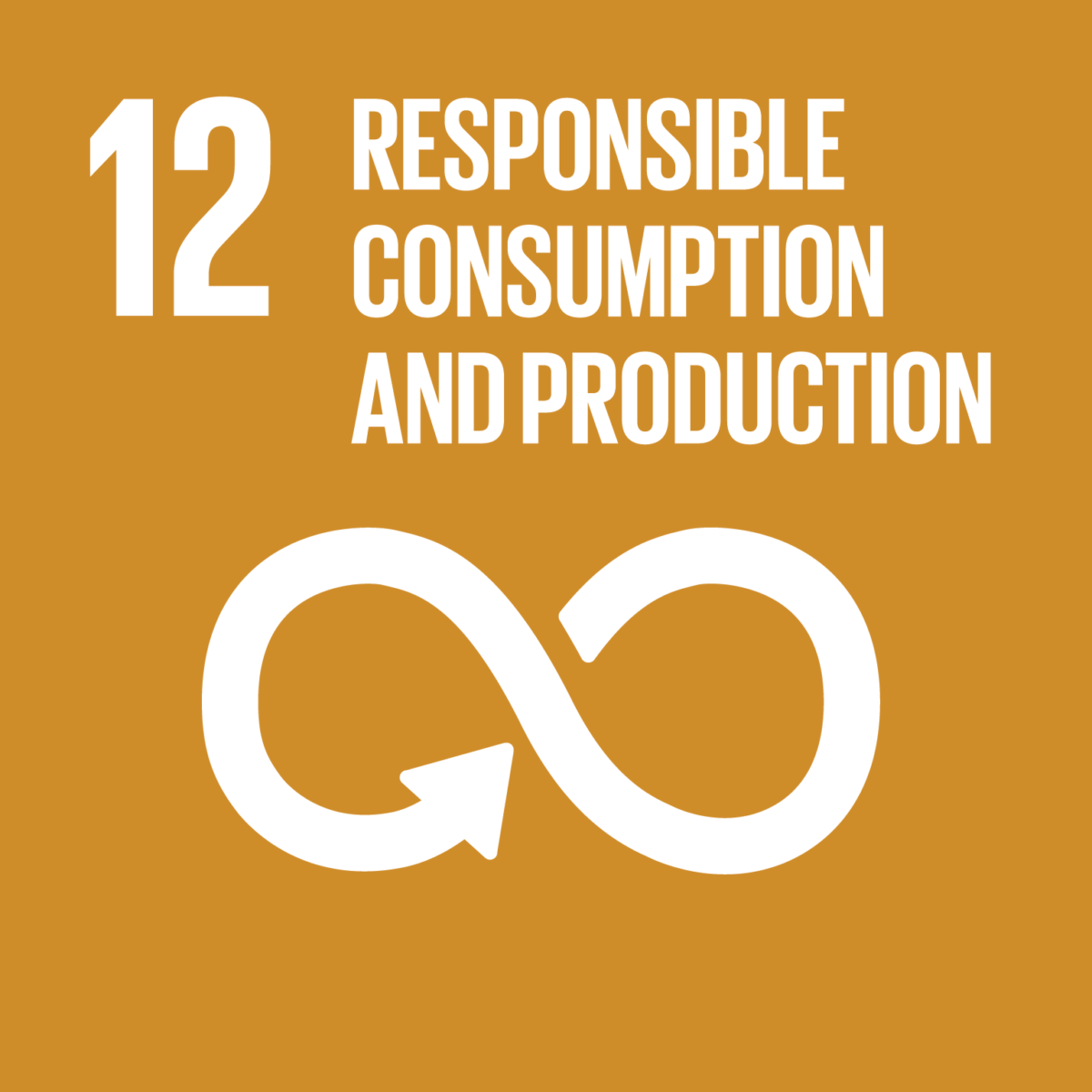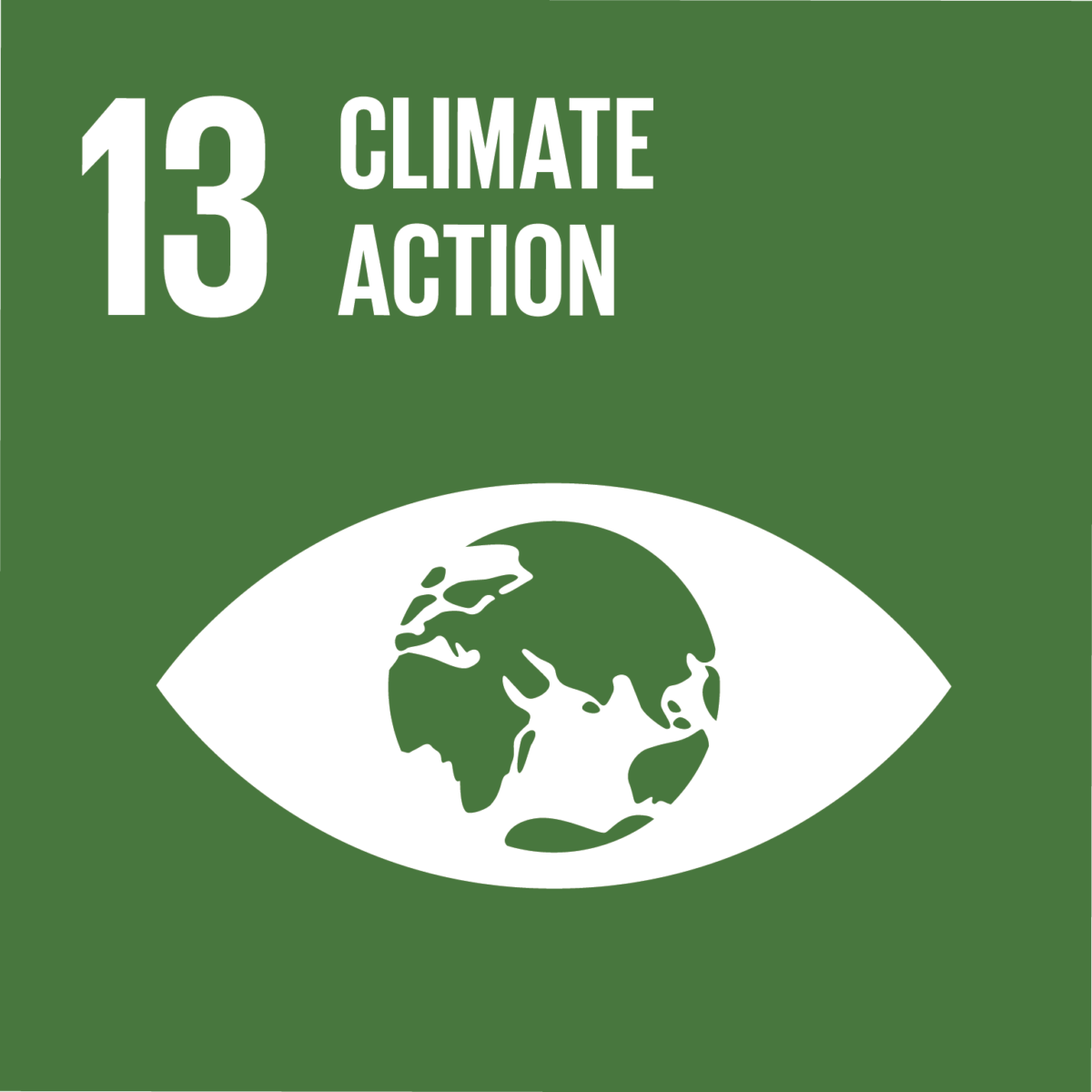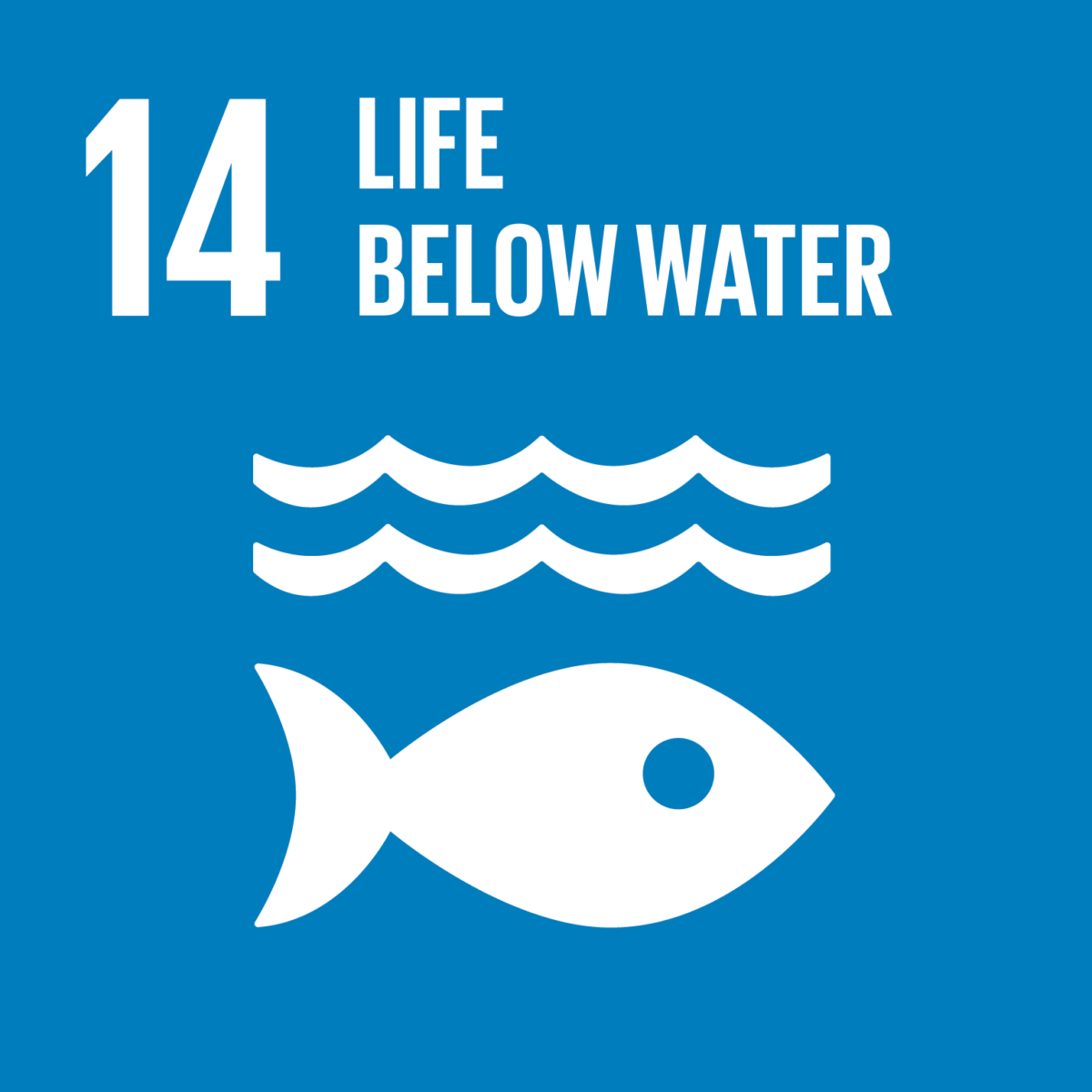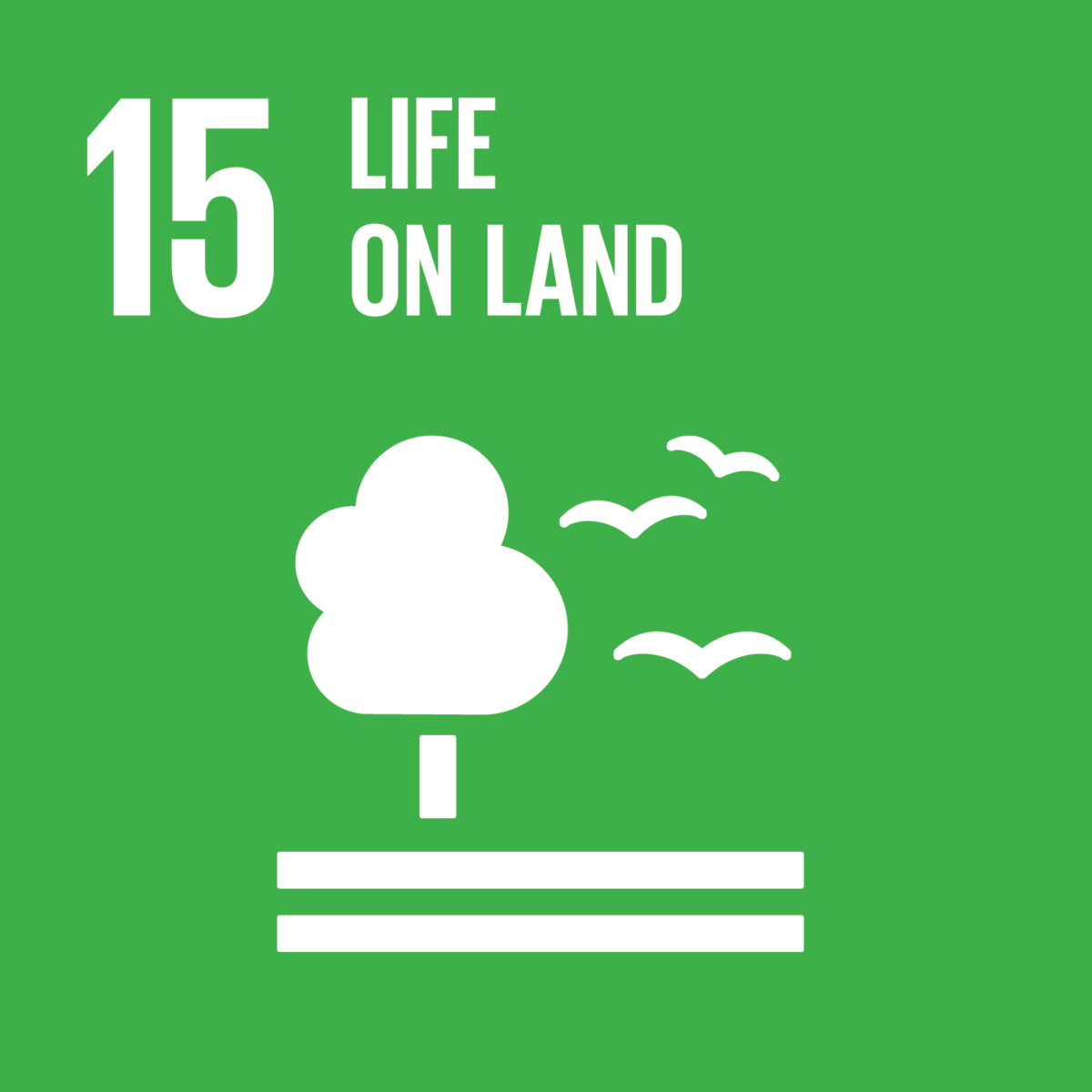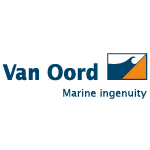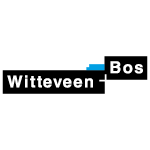Excessive levels of silt in the Eems-Dollard area are having a negative impact on water quality and biodiversity. Large amounts of sediment accumulate in ports and fairways, making regular dredging necessary.
On the other hand, clay soil is needed in the area to strengthen dikes and to raise farmland. Collecting silt from the Eems Dollard and converting it into clay soil creates a win-win situation: the water quality improves and there is more clay soil for reinforcing dikes and raising farmland. There are plans for more dike upgrade operations in the future on the Eems-Dollard coast, and clay soil will be needed there, too.
Pilot
Rijkswaterstaat, the provincial authority of Groningen, Groningen Seaports, the Hunze and Aa’s water authority, nature conservation organisation Het Groninger Landschap and EcoShape have teamed up in the Clay Ripening pilot project to look at various ways of transforming sediment into clay soil. EcoShape researchers engaged in practical experiments to see which approach to ripening works best.
Approach
In 2018 we filled the first silt depot with dredged material from the Havenkanaal, the canal leading to the port of Delfzijl. A second depot was filled in 2019, with sediment from the Breebaart polder near Termunten. The silt was transformed into clay soil in the clay ripening site by means of processes such as dewatering, desalination and oxidation. The site included several sections that allowed us to test different ripening approaches. The clay soil had been ripened enough by 2021, at which time it was suitable for application. In June 2022 the clay successfully passed several tests. In the summer of 2022, EcoShape constructed the first 750 meters of Brede Groene Dijk (Broad Green Dike) along the Dollard for the Hunze en Aa’s water authority, using the ripened clay soil and local salt marsh soil. EcoShape will monitor these 750 meters of dike for three years. With this information, plans can be made for strengthening the entire 15 kilometer dike in this way.
Research
The Clay Ripening pilot focused on the following questions:
• Is making clay on land a cost-effective solution for the silt problem?
• What are the best ways of extracting sediment from the Eems Dollard area and ripening it efficiently?
• What quality of clay can clay ripening deliver?
• Which ecosystem services can clay ripening deliver?
• What is the business case for clay ripening?
Results of the Clay Ripening Pilot are available in Dutch (please use Google translate).
The central focus for the Wide Green Dike monitoring will be on:
- The development of the clay over time
- Crack formation and structure formation
- Development of the grass cover on the dike
- The functioning of the drainage in the dike
- The necessary management and maintenance
The results will be used to optimize the design of the total dike improvement, which is planned after 2025.
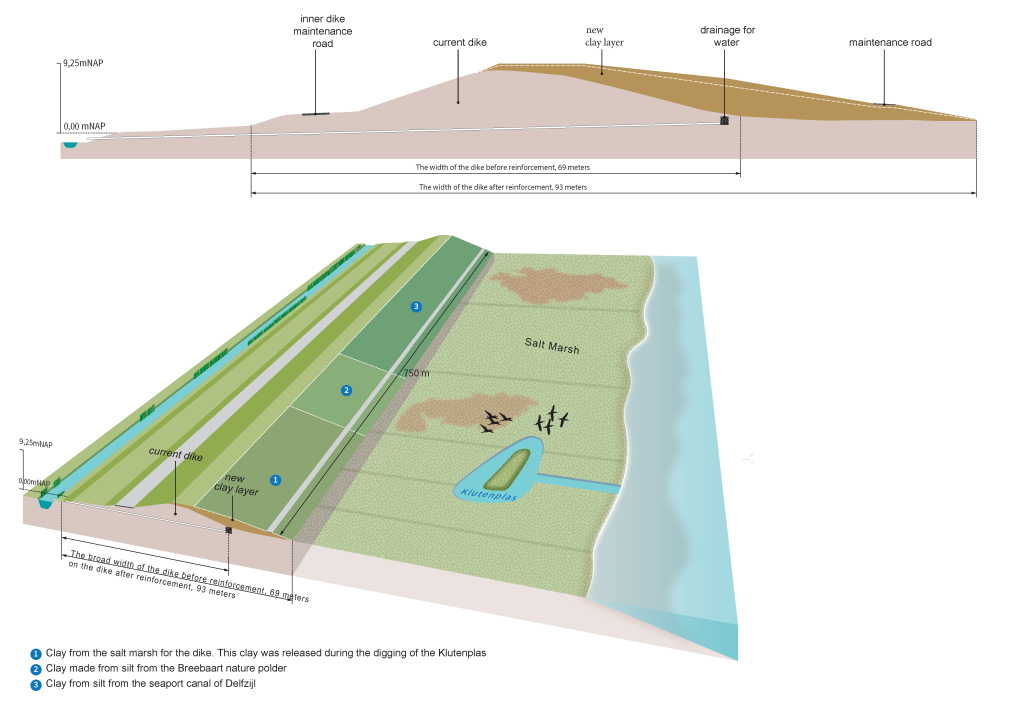
Expected results
The Hunze and Aa’s water authority needs to reinforce their dike along the Eems Dollard to meet current safety standards. Their plan is to reinforce the entire 15 kilometer stretch of dike into a Wide Green Dike: a dike with a shallow slope covered by a relatively thick layer of clay and grass. After completing the first 750 meters in 2022, followed by a three year monitoring programme, the plan is to strengthen the remaining section of the dike from 2025. Scaling up could significantly reduce the amount of silt in the Eems Dollard. The aim is to extract 1 million tonnes of silt from the Eems Dollard annually . This will have a positive effect on the unique ecological value of the estuary.
The research will generate a lot of knowledge about transforming dredged material into clay soil and the usefulness of this process. This knowledge could also be very valuable elsewhere in the Netherlands, for example in the Western Scheldt as well as in the rest of the world. As a dredging country, the Netherlands can use this knowledge internationally: estuaries elsewhere in the world have problems with silt, too.
Reports Now Available
Get Started
Sustainable Development Goals
Contact


